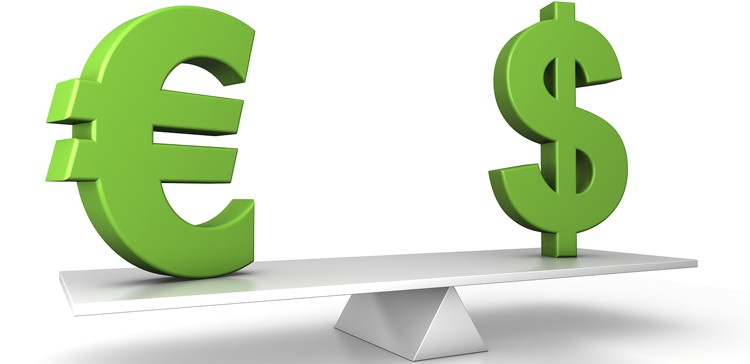Moving Average Trading Strategies Do They Work
Post on: 8 Апрель, 2015 No Comment

Simple and Exponential Moving Averages Explained
Two common types of moving averages are the simple and exponential. The difference between them is how each one is calculated.
Modern trading software means that calculating a moving average by hand has become obsolete, but the distinction between the different calculations is important. A five-day simple moving average, for example, tallies the closing prices for the last five days, and then divides that total by five. An exponential moving average does the same thing, except a multiplier is added to give the most recent price(s) more weight.
By giving the most recent prices more weight, an exponential moving average reacts quicker to price movements than a simple moving average.
See Also: 25 Stocks Day Traders Love
The data used to calculate a moving average can come from a daily bar, as in the examples above, or it can come from five-minute or 15-minute price bars, for example. If you are looking at a daily chart, your charting software will calculate the moving average using daily price data. If you are looking at a 15-minute chart, the moving average uses the price data from these bars.
Figure 1 shows these two types of 50-day moving averages. The exponential moving average fluctuates a bit more since it reacts quicker than the simple moving average.
One type of moving average is not necessarily better than the other, but some traders may prefer one over the other. Short-term traders want to get in and out at opportune times, and therefore want a moving average that reacts quickly to current conditions. In this situation an exponential moving average is preferred.
Longer-term traders or investors dont want as many trade signals; therefore, a simple moving average that is slow to react to short-term price fluctuations is generally preferred.
There isnt a perfect moving average length; rather, the ideal moving average(s) will depend on each individuals trade strategy and investment horizon.
The most popular moving averages are the 200-day, 50-day, 20-day, 10-day and five-day. Each of these moving averages generally appeals to a slightly different group of traders and investors. Day traders may also use a 20- or five-period moving average, but instead of being based on the last price of the day, the moving average is based on a one-minute or five-minute chart.
Long-term traders and investors will generally monitor a 200-day simple moving average, as they are only concerned with the overall direction of the market. A 200-day moving average is slow to react to market fluctuations; it filters out of a lot of the noise and shows traders visually the long-term market trend.
Which Moving Averages Are Most Important?

Longer-term investors as well as swing traders often monitor the 50-day simple moving average. This moving average will react quicker than a 200-day moving average. The 50-day moving average is useful for spotting medium-term trends, while the 200-day moving average is only focused on the long-term trend.
Swing traders will mostly focus on short-term trends, as they want to get in and out of the market within a matter of days or weeks. These types of traders will typically use a 20-day, 10-day, five-day simple or exponential moving averages, or a combination of them. Since these moving averages will react quite quickly to price changes, trade signals appear more often, hopefully alerting the short-term trader to opportunities.
Figure 2 shows 200-day, 50-day, 20-day and five-day simple moving averages applied to the SPDR S&P 500 (SPY ) ETF.
The lower the length of the moving average the more closely it tracks the price movement. The 200-day moving average shows only the overall price trajectory, while the progressively shorter length averages track smaller and smaller price trends.
There are two general types of crossover trading strategies a price crossover and a moving average crossover. When the price crosses a moving average it is called a price crossover. Many traders use two (or more) moving averages, so another type of crossover occurs when one moving average crosses another, such as a 50-day crossing a 200-day.
The price crossover will be addressed first. When the price crosses a moving average it indicates that a trend change has possibly started in that time frame, and therefore many traders view crossovers as important events. Depending on the length of the moving average being watched, it is possible that the trend actually changed some time before, which is often the case with longer-term moving averages such as the 200-day, but the price crossover still helps to confirm the trend reversal.














